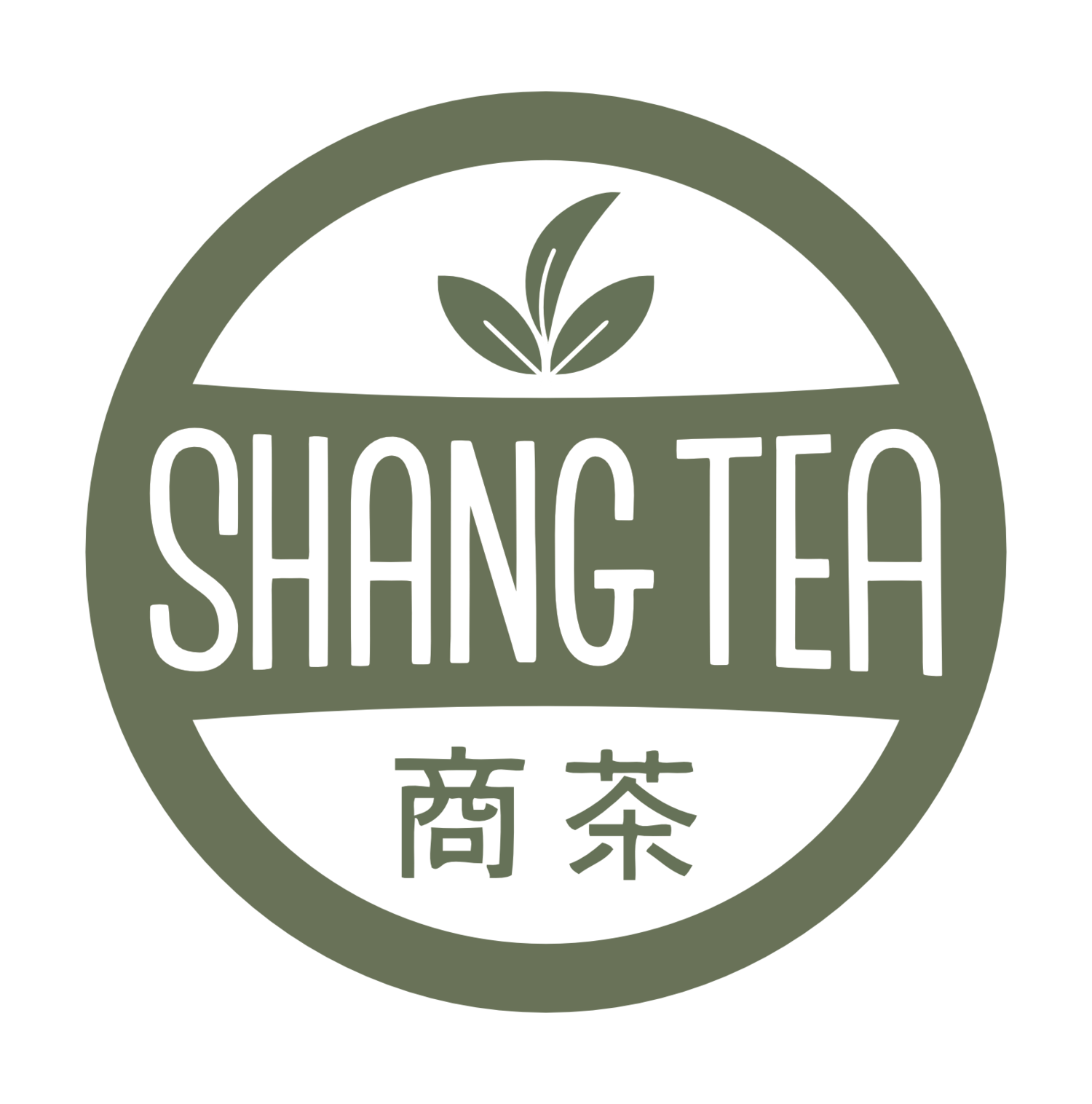Caffeine Crawl Presentation: The Gaiwan
Here is a brief overview of a presentation that was given to Caffeine Crawl participants who visited the store.
Today I’d like to talk a little bit about the gaiwan, which is a small lidded cup used for brewing tea in China. This is one of the most traditional and ancient means of brewing tea leaves. In order to properly talk about the gaiwan, we need to talk a little bit about tea history and how the gaiwan was developed.
Recorded tea history can be divided into three distinct eras: the era of boiled tea, the era of whipped tea, and the era of steeped tea.
The era of boiled tea primarily centered on the Tang Dynasty (618-907 AD) and the pre-Tang Dynasty. During this era tea leaves were boiled in big pots with various other herbs such as ginger, mint, cinnamon, salt, and even onions in some cultures. The tea was then ladled into bowls and enjoyed similar to broth. In this era tea was rarely seen as a distinctive beverage to be enjoyed by itself.
As we move into the late Tang Dynasty, the first tea scholar, Lu Yu, wrote a book called “The Classic Of Tea”. In this book Lu Yu begins to lay the groundwork for enjoying tea as a distinct beverage by itself rather than boiled with other herbs. He outlines how to grow tea, how to produce tea properly, how to brew the tea, what water to use, and what vessels to use. In doing so he sets the stage for future tea development.
The next era of tea, the era of whipped tea, occurred primarily during the Song Dynasty (960-1279 AD). During this era they moved from bowling the tea to grinding the tea into a powder, adding hot water, and whipping it into a frothy drink. The emperor enjoyed this tea and tea culture so much that he ordered the royal pottery crew to develop a bowl specifically for this type of tea. They designed a flat bottomed bowl with tall sides called a chawan (tea bowl) which was easy to whip. This was the predecessor to the gaiwan.
Near the end of the Song Dynasty and the beginning of the Ming Dynasty (1368-1644 AD) the steeped tea era began. During this era, tea farmers and drinkers began experimenting with drinking whole leaf tea and developing different ways to produce the whole leaf tea. It was during this era that black tea was created, for example. This new method of drinking tea required a new brewing vessel, and consequently, the gaiwan (lidded cup/bowl) was developed.
The gaiwan has three parts: a saucer, a bowl/cup, and a lid. Traditionally this was used as a cup, so you would hold the saucer and cup in your hand and use the lid to brush away the leaves while you drank. Typically gaiwans are made of glazed porcelain, which is the most versatile material for brewing any type of tea. In addition, since the gaiwan components are glazed, they are easy to clean and don’t hold in aromas from previously brewed teas.
Today, gaiwans are often used as a teapot rather than a tea cup. Instead of drinking from the gaiwan, the tea is poured through a metal strainer into a pitcher where it is then served to guests. This style of brewing is called Gong Fu Cha.

